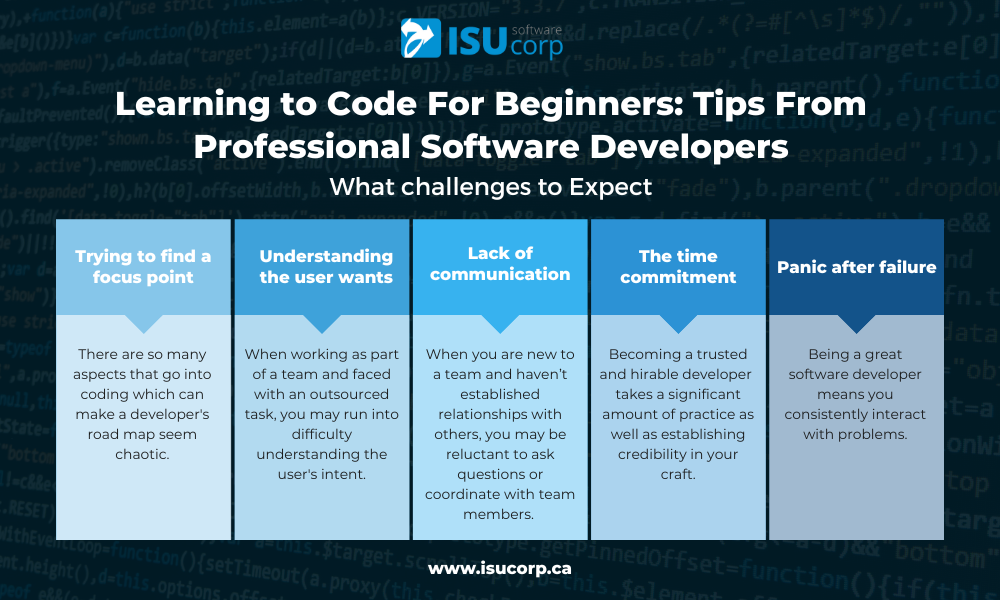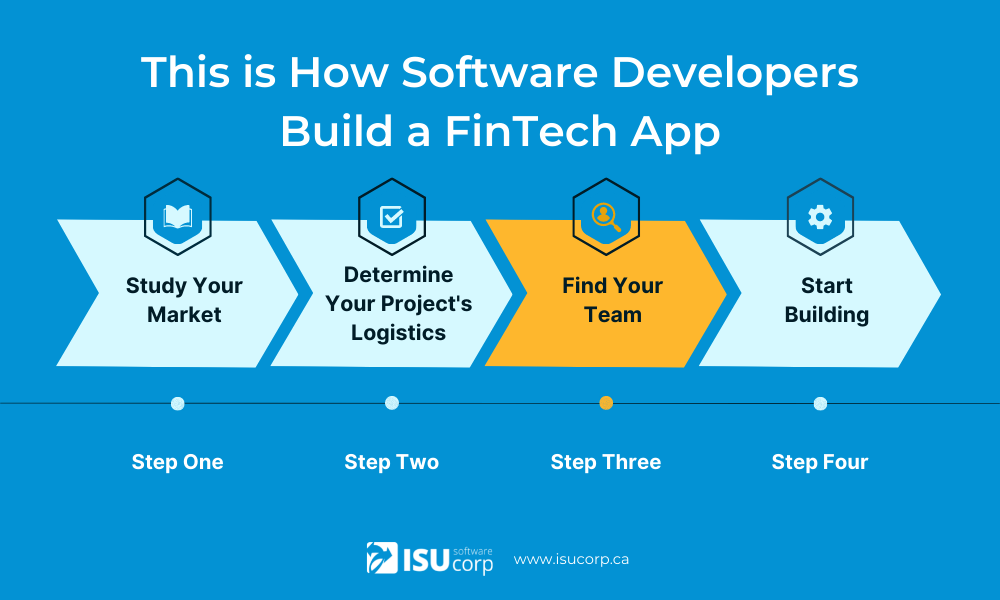For health insurers, business doesn’t come cheap, which was especially problematic when the industry faced the Covid-19 pandemic. Insurers had to continue funding treatments, tests, and other care services. Adding on to this, there was significant revenue loss without the ability to perform surgeries or offer the other bulk of their services. One example is major American health care provider Humana which saw a loss of nearly $460 million in 2020.
This was a significant dip from 2019 when the company saw profits of just over $590 million. The fluctuation was due in part to the influx of hospital patients being treated for Covid-19 which lowered the utilization of other care resources by 15%. Not to mention that these companies had to terminate employees and accommodate/navigate a hybrid work environment in the midst of all this.
Making Necessary Changes
The shift made companies realize that they’d have to pivot to keep up with their industry's changes. These changes specifically needed to be focused on administration in areas such as communication and payment methods. This is where FinTech technology came into play; by shifting to electronic payments and digitally corresponding communications between members and providers, the industry was able to cut costs and retain members.
Insurance companies recognized that digital transformation is necessary to keep up with consumer demands. The particular technology that revolutionized the insurance industry is primarily made possible through the Automated Clearing House network and Virtual Credit Card (ACH/VCC) which eliminate paper records and reduce customer service requests. In effect, this is attractive for members as well as companies who have benefitted from reduced support costs.
At this point the message is clear: a digital landscape allows providers to focus their efforts on the competencies that make their services useful. Though this was inhibited by the constraints of the pandemic, it may have been the cold awakening businesses needed to scale through the next decade. Insurance is a highly competitive market and although the service is not mandated everywhere, it is something that people need and will look in-depth for the best option.
The insurance industry is moving quickly, and again, there will always be a need for this service, but providers need to roll their sleeves up to bring the best product. With advancements like InsurTech, AI, ML, IoT, and other software tools like them, health insurers can operate cheaper and far more efficiently. Here are some examples of how technology is likely to change the industry:
Customized Options: Product manufacturers and distributors teaming up to embed insurance within products and services (IoT) would allow consumers to find options that support their specific lifestyles.
Product Flexibility: Coverage that accommodates specific needs for one's lifestyle, wellness, or current life stage and that is event-driven, time-flexible, adjustable, and modular. It is likely we could see a dominance in technology that takes this data into account when developing coverage plans.
Automated Underwriting: AI and technological algorithms individualize pricing options based on the risk that potential customers carry.
EZ Value Options: Taking into account the shopping habits of consumers in new markets, those who offer products that are flexible in terms of timeline, and who do not lose sight of underwriting (to weigh risk) will be successful in this market.
AI and the machines in its technological hemisphere are changing the insurance industry from underwriting to distribution to pricing and claims. After seeing the beneficial changes InsurTech brought to the industry, companies are using these outlined methods among others to make their operation run effectively for themselves and their clients.
This technology puts consumers in the driver's seat of their healthcare and well-being. For companies, this makes the sales process easier as they can understand their clients better. It’s made connecting with consumers easier which led to over $2.7 billion generated in revenue for the insurance industry during 2021 using AI. That number is expected to reach around $46 billion in the next decade.
Reasons Behind the Growth
Insurance companies continually investing in AI and Machine Learning dramatically increases collaboration between solution companies and insurers. Additionally, insurance services looking for personalized solutions contribute significantly to the global expansion of the solutions development market.
Common worries about limits on the market stem from high usage costs and talent shortage. However, this risk is mitigated with initiatives from the government and surging investments which make the market highly lucrative and sustainable long term.
The Takeaway
Finding solutions that serve the best interests of your business is not an inducement but a requirement for a software company to earn business. The technology serving the FinTech industry isn’t exclusive and this is something insurers have tapped into. We can expect to see other industries following the same embracement of AI & Machine Learning so long as the right solutions are there to serve them.
Written By Ben Brown
—
ISU Corp is an award winning software development company, with over 17 years of experience in multiple industries, providing cost effective custom software development, technology management, and IT outsourcing.
Our unique owners mindset reduces development costs and fast-tracks timelines. We help craft the specifications of your project based on your company's needs, to produce the best ROI. Find out why startups, all the way to fortune 500 companies like General Electric, Heinz, and many others have trusted us with their projects. Contact us here.
















